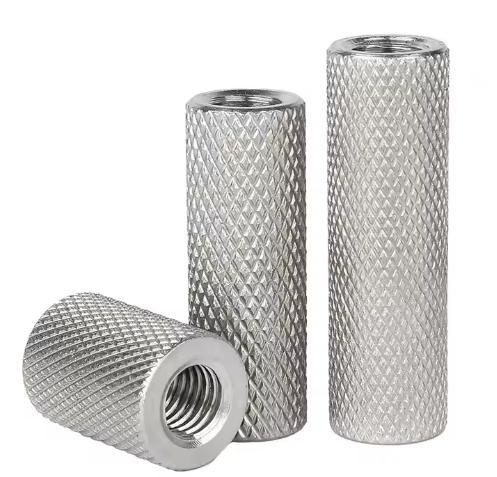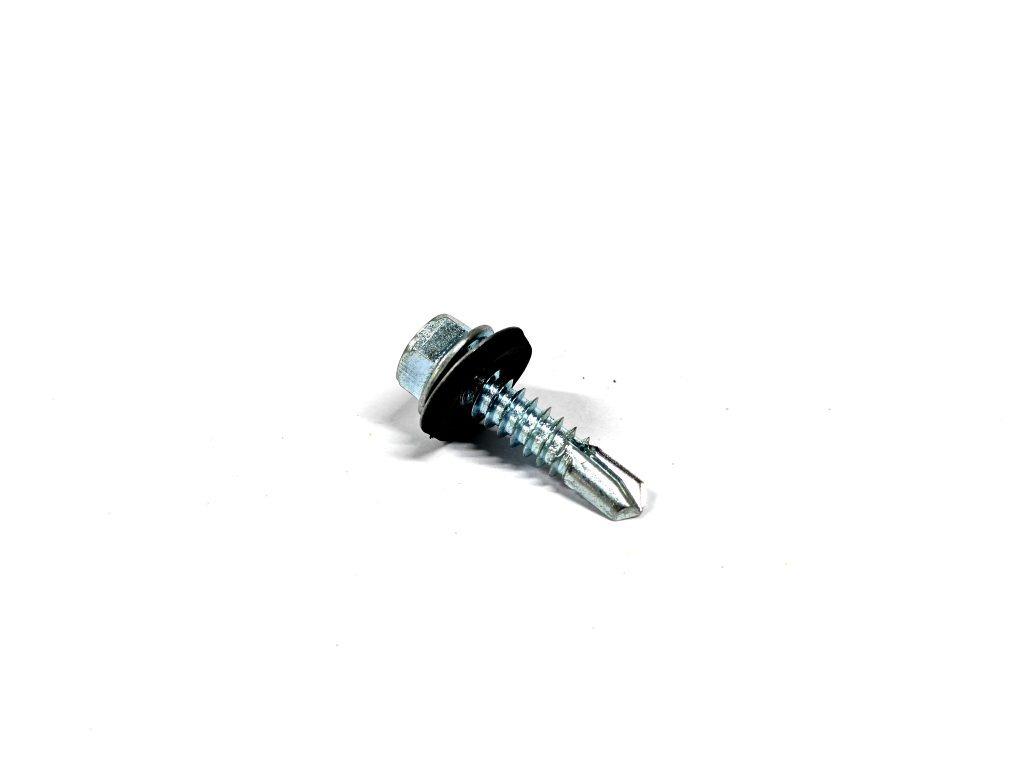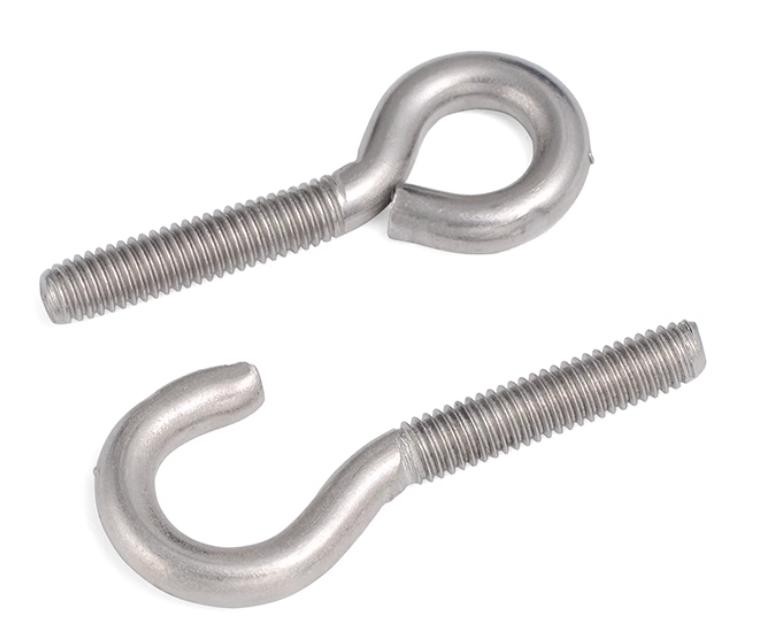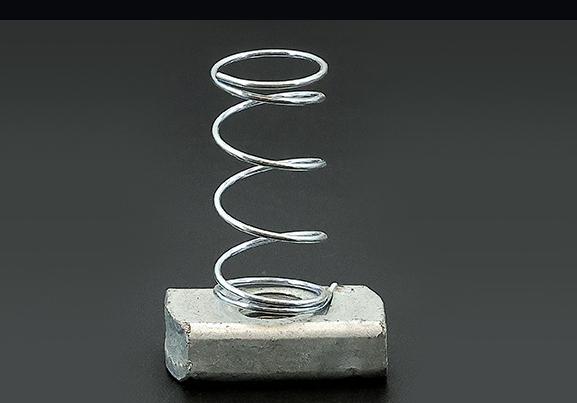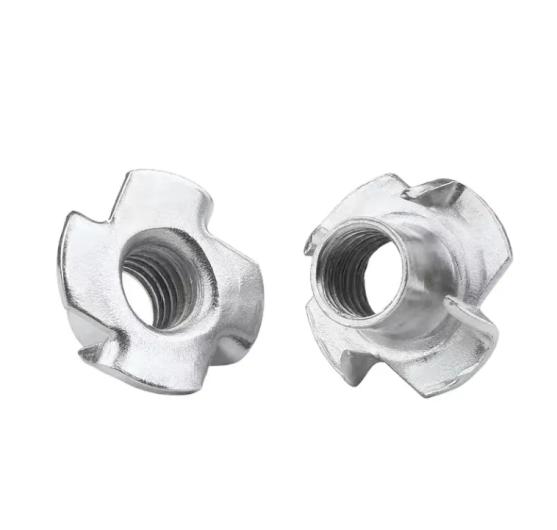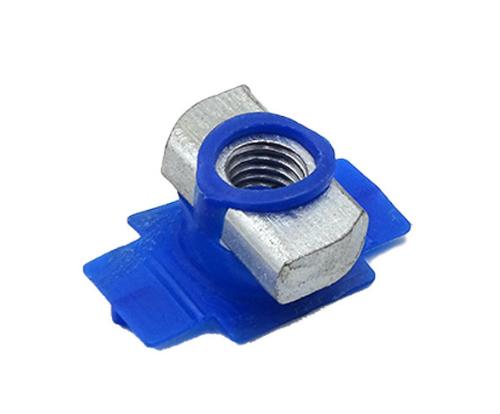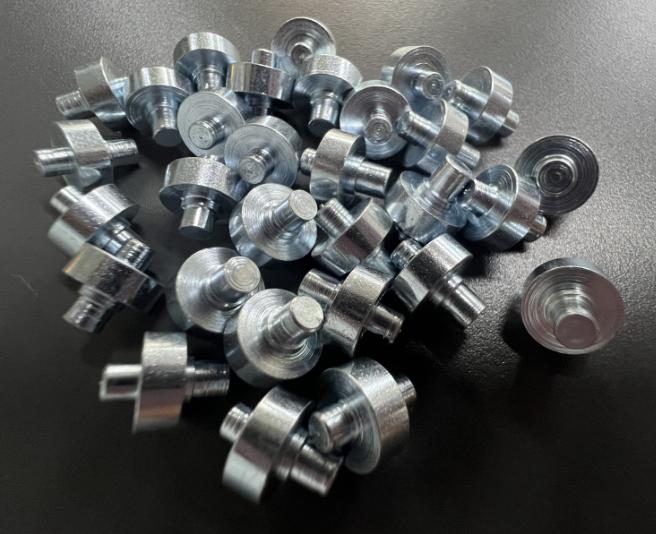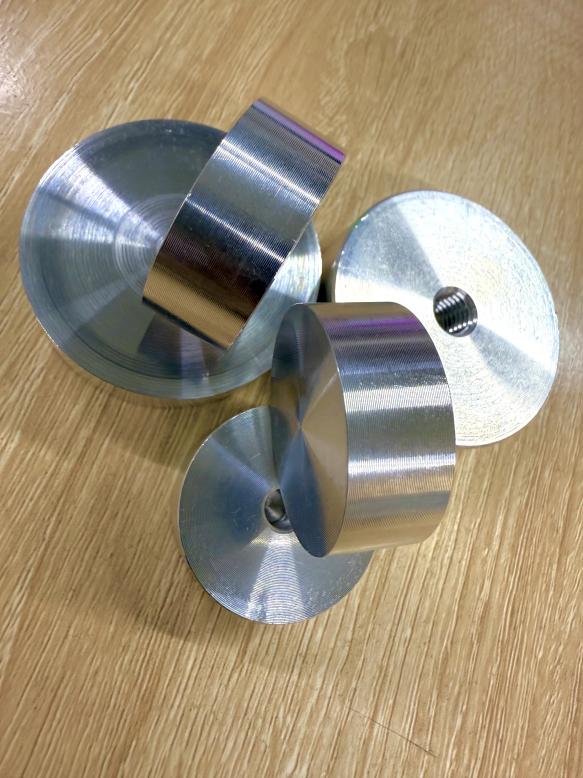How to Install Lock Nuts Effectively?
Lock nuts, also known as self-locking nuts or prevailing torque nuts, are an important part of many mechanical and construction tasks. These specialty nuts are designed to keep essential connections tight and secure by preventing loosening due to vibration or torque. In this article, we focus on the topic of how to install lock nuts effectively, providing a detailed step-by-step guide to installing lock nuts, the useful tips and considerations to ensure a successful and secure installation.
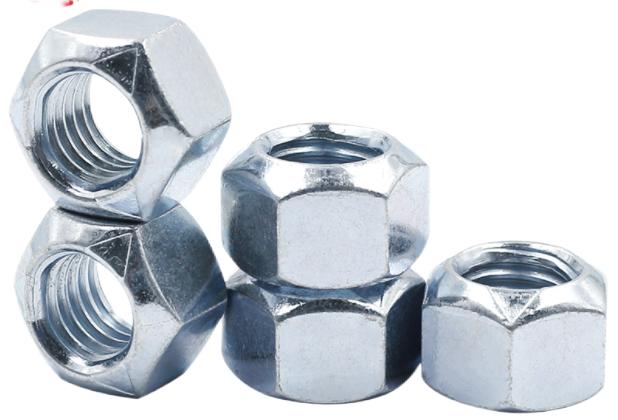
What are Lock Nuts?
Lock nuts are a type of fastener with a distinctive design that prevents them from loosening over time. They are frequently utilized in situations where vibration, motion, or external pressures could cause conventional nuts to come loose. Self-locking nuts accomplish this by creating friction or distortion in the threaded connection, making it more resistant to accidental loosening.
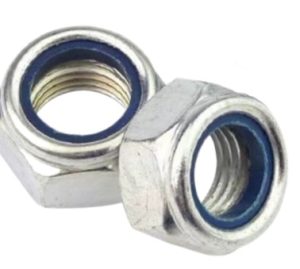
What is the Detailed Guide to Installing Lock Nuts?
Tools and Materials You’ll Need
Before you begin the installation process, gather the following tools and materials:
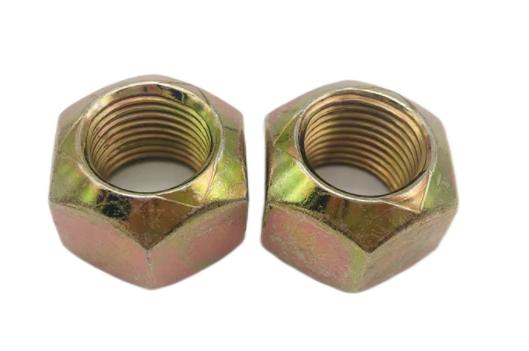
- Lock Nuts: Choose the appropriate type for your application. There are various types of locking nuts, including nylon-insert lock nuts, prevailing torque lock nuts, and all-metal lock nuts.
- Wrench or Socket Set: You’ll need the appropriate wrench or socket set to tighten the lock nuts securely.
- Thread Lubricant: In some circumstances, employing thread lubricant or anti-seize compound can facilitate installation and improve locking effect.
Step 1: Prepare the Threaded Fastener
Check to make sure the threaded fastener (such as a bolt or threaded rod) is clean and free of debris or rust. A clean thread will aid in the creation of a proper and secure fit.
Step 2: Choose the Right Lock Nut
Choose the right lock nut for your application by considering thread size, material, and the amount of prevailing torque necessary.
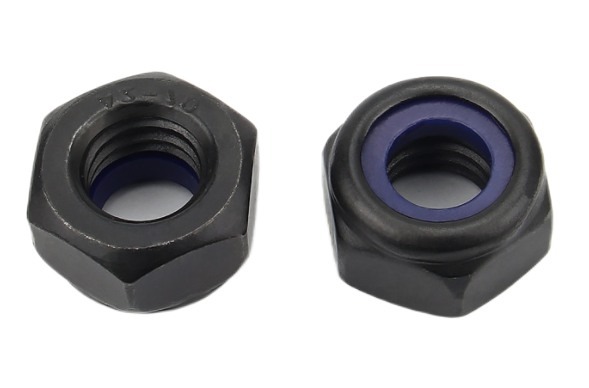
Step 3: Position the Lock Nut
Turn the lock nut clockwise to secure the fastener. Begin by hand to avoid cross-threading, which can cause thread damage.
Step 4: Hand-Tighten the Lock Nut
Tighten the lock nut by hand at first, until it is snug against the workpiece or the previously inserted nut. Check that it is correctly aligned with the fastener threads.
Step 5: Use a Wrench or Socket Set
To acquire the necessary level of prevailing torque, tighten the lock nut using a wrench or socket set. The amount of torque required will depend on the specific application and the lock nut type.
Step 6: Apply Thread Lubricant
Before installation, if desired or specified, add a thread lubricant or anti-seize compound to the threads. This can reduce friction during tightening and improve the lock nut’s efficacy.
Step 7: Check for Proper Tightening
After tightening, double-check to ensure that the lock nut is securely fastened. It should resist loosening when subjected to vibration or external forces.
Step 8: Test the Connection
If applicable, test the connected components to ensure that they remain securely fastened even under stress or vibration.
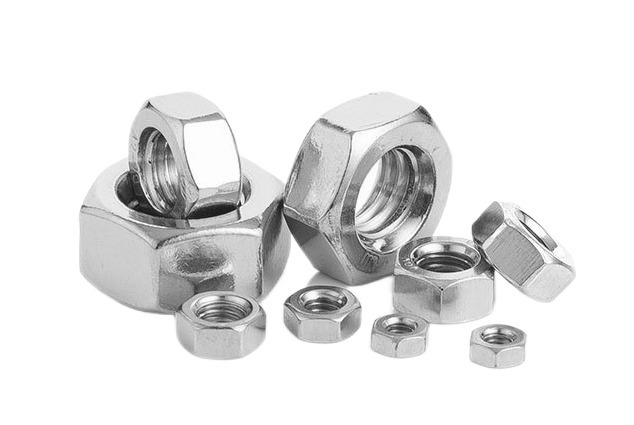
What are Useful Tips and Considerations to Ensure the Proper Installation?
Alignment
Check that the lock nut is properly aligned with the fastener’s threads. Misalignment might result in unequal pressure and a reduction in locking effect.
Use the Correct Tools
Use the proper wrench or socket set to obtain the specified degree of prevailing torque. Use of tools that are too large or too tiny can result in under- or over-tightening.
Torque Values
Torque value should be followed according to the manufacturer’s guidelines, as they can vary based on the kind and size of the lock nut. Over-tightening can damage the threads and compromise the locking mechanism, while under-tightening may result in insufficient locking.
Avoid Over-Tightening
Take care not to overtighten lock nuts. Overtightening can cause thread damage, poor lock nut effectiveness, and possibly fastener failure. If exact torque values are required, use a torque wrench.
Single-Use Nuts (Nylon-Insert)
Because the nylon insert may lose its effectiveness after first installation, nylon-insert lock nuts are primarily designed for single-use applications. These lock nuts should not be reused.
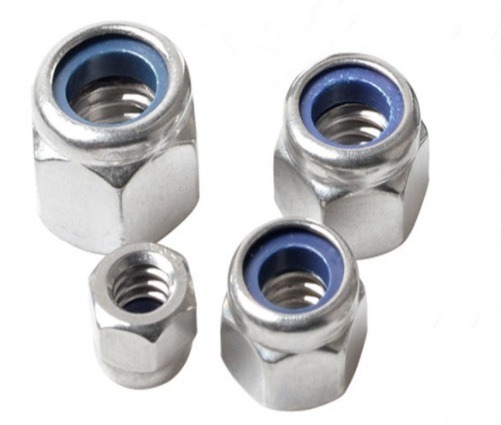
Multiple-Layer Installations
For consistent and effective locking in installations involving numerous layers of lock nuts, ensure that the prevalent torque feature of each nut faces the same direction.
Environmental Considerations
Consider the application’s environmental circumstances. Certain lock nut types, such as all-metal lock nuts, may be more resistant to severe temperatures or chemical exposure.
Conclusion
Correctly installing lock nuts is critical to the integrity and safety of your projects. By following these methods and keeping your application’s specific needs in mind, you can ensure that lock nuts efficiently resist loosening and offer tight fastening in a variety of circumstances.

